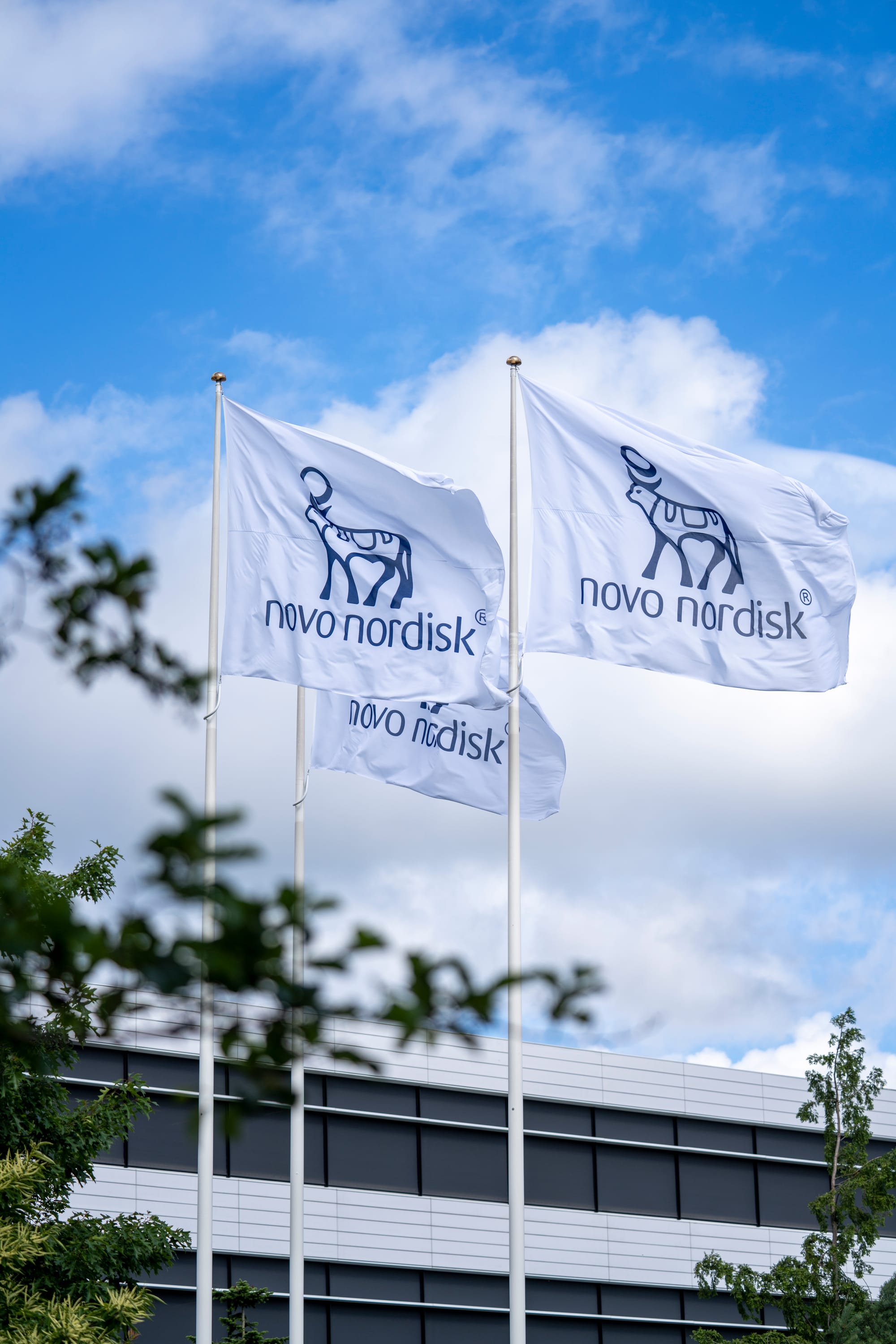Table of Contents
Weight loss is daunting for most people. A fortunate few find it easy to shift the pounds, but for most of us it's tough, really tough.
Working out and changing diet are the traditional roads to losing pounds. But they can be among the most difficult lifestyle changes to get right… and we can tend to overreach, become disappointed, and give up.
So it's no surprise that there's overwhelming interest in any potential quick pharmaceutical fix to lose weight. Any alternative, surely, to grinding out the hours on the treadmill or laps of the pool - followed by a lunch consisting mainly of lettuce leaves - is an easy sell. Right?
So what are the options? Well, while surgery might offer a quick fix, the idea isn't for everyone. The removal of fat through surgery, liposuction, is the most commonly performed cosmetic surgery worldwide. In 2021, 'lipo' overtook breast surgery - around 460,000 liposuctions were performed in the United States, a 44% increase from the year before.
During the pandemic, the world had gained weight because more of us stayed at home and we exercised less. And so as life began to return to normal, and another weight loss option, GLP-1 agonists, entered the market, the timing was flawless. This is a group of newly approved medications, first licensed for treating diabetes, but now famous for helping people to lose weight.
How do they work?
GLP-1 is an acronym for glucagon-like peptide 1. It's made naturally by special cells in the intestine. These cells take a protein called proglucagon and turn it into GLP-1, which belongs to the family of peptide hormones, along with its brother, insulin.
After a meal, food is broken down into smaller molecules, including glucose. This glucose enters the bloodstream, so blood sugar goes up. In response, insulin is released from the pancreas, and glucose goes into other cells for energy that's used now or stored for later. With the glucose gone elsewhere, blood sugar goes down.
GLP-1 encourages this glucose-stimulated insulin secretion, but this only happens when blood glucose levels are elevated. Moreover, GLP-1 inhibits the release of glucagon in the body, which would otherwise raise blood sugar levels. For this reason, GLP-1 agonists are useful in regulating blood sugar levels in type 2 diabetes.
What has grabbed the headlines, and caused the financial frenzy, is that these benefits are not just limited to individuals with diabetes - GLP-1 agonists have also shown promise as effective weight-loss treatments for non-diabetic individuals.
GLP-1 agonists provide the added benefit of slowing the rate of gut motility, in particular, delaying the movement of food from the stomach to the small intestine. Research also indicates that they affect the brain-gut axis - this helps you feel fuller for longer, and reduces the urge to eat.
Studies have shown a noticeable improvement in blood pressure and cholesterol levels in people taking GLP-1 agonists. Furthermore, early research has shown that GLP-1 agonists might lower the risk of heart disease. But, it's not entirely clear at the moment whether these benefits can be solely attributed to the GLP-1 agonists, or owed to the improvements to general health brought about by the weight loss they assist with.
GLP-1 agonists and weight loss
According to a comprehensive review by Wilding et al., multiple randomized controlled trials demonstrated a clear link between the use of GLP-1 agonists and significant weight loss. Their research suggests that when combined with dietary changes and regular exercise, GLP-1 agonists can result in up to 15% total body weight reduction, far surpassing the 2.4% typically achieved through exercise alone when sustained over a similar amount of time.
However, like any medication, GLP-1 agonists should not be seen as a quick-fix solution for weight loss - they come with potential side effects. For the best results, combining these medications with regular exercise and a healthy diet is essential. Ultimately, adopting healthy lifestyle habits is about more than fitting into your favourite jeans again - it's about long-term health and well-being.
A Billion-Dollar Bet
You might be forgiven for thinking GLP stands for "Gain Lucrative Profit." Even before these drugs hit the clinic, strategic moves at Eli Lilly and Denmark’s Novo Nordisk were carefully calculated.
Since receiving FDA approval for weight loss, these drugs have become the crown jewels for both companies—Lilly, the largest pharmaceutical company in the world, and Novo, now the second-largest.

Novo’s logo, a (cash?) cow, has even become a symbol of profitable patriotism in Denmark. Its market value is now greater than the country’s GDP and Fortune reports that Novo's revenues will account for around half of the country’s growth of 2.1 % this year. For a nation of around 6 million people—fewer than London but more than Los Angeles—that’s quite impressive.
Many experts believe we are only just beginning to tap the market for GLP-1 agonists. Their potential to help with weight loss is now clear. But, these drugs are fairly new to the foray of clinical research. As studies continue, and Lilly and Novo race against the market to deliver their current batch of GLP-1 agonists in new modalities (i.e. pills, not injections), the other potential benefits, such as lowering cholesterol and blood pressure are only just beginning to be explored.





